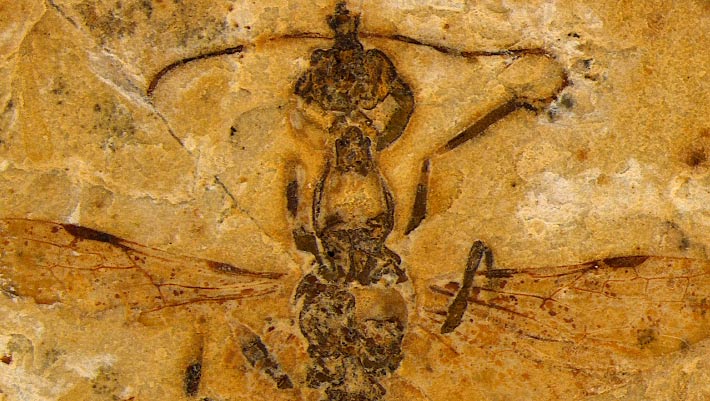Now Reading: 113-Million-Year-Old Fossil of Rare Hell Ant Unearthed in Brazil
-
01
113-Million-Year-Old Fossil of Rare Hell Ant Unearthed in Brazil
113-Million-Year-Old Fossil of Rare Hell Ant Unearthed in Brazil

Quick Summary
- Paleontologists described Vulcanidris cratensis, the oldest known ant species within the extinct subfamily Haidomyrmecinae, preserved as a rock impression in Brazil’s Crato formation.
- The species lived 113 million years ago during the Early Cretaceous epoch and represents the oldest definitive evidence of ants in the fossil record.
- this discovery is noteworthy for its anatomical complexity, including specialized predatory adaptations, and challenges established views on early ant evolution.
- Hell ants are characterized by unique mandibles that run forward parallel to their head-contrasting with lateral movement seen in modern ants-and intricate feeding apparatuses suggesting complex hunting strategies.
- Fossils from France and Myanmar were previously considered among the oldest ant records but were preserved in amber, unlike this limestone specimen from Brazil.
- Researchers used advanced imaging methods such as micro-computed tomography to study anatomical features of Vulcanidris cratensis, noting its close relation to hell ants found in Burmese amber specimens.
- The presence of hell ants suggests early global distribution across Cretaceous landscapes facilitated by repeated landmass crossings.
Source analysis published in Current Biology.
Indian Opinion Analysis
The discovery broadens scientific understanding of ancient insect ecosystems while elevating global attention toward Brazilian paleontology. For India, this reinforces how systematic exploration can unveil key evolutionary insights as India’s own Deccan Plate harbors prehistoric ecosystems worth investigating similarly. As global biodiversity studies deepen using imaging techniques like micro-computed tomography applied here, Indian researchers could adapt these methods for analyzing fossils within less-explored domestic geological formations.Additionally, these findings illustrate that early complex predatory traits existed well before modern ecological systems evolved-a reminder for policymakers investing resources into conserving diverse biomes tied historically within India’s plate movements during cretaceous periods globally interconnectedly discussed w/geography



























